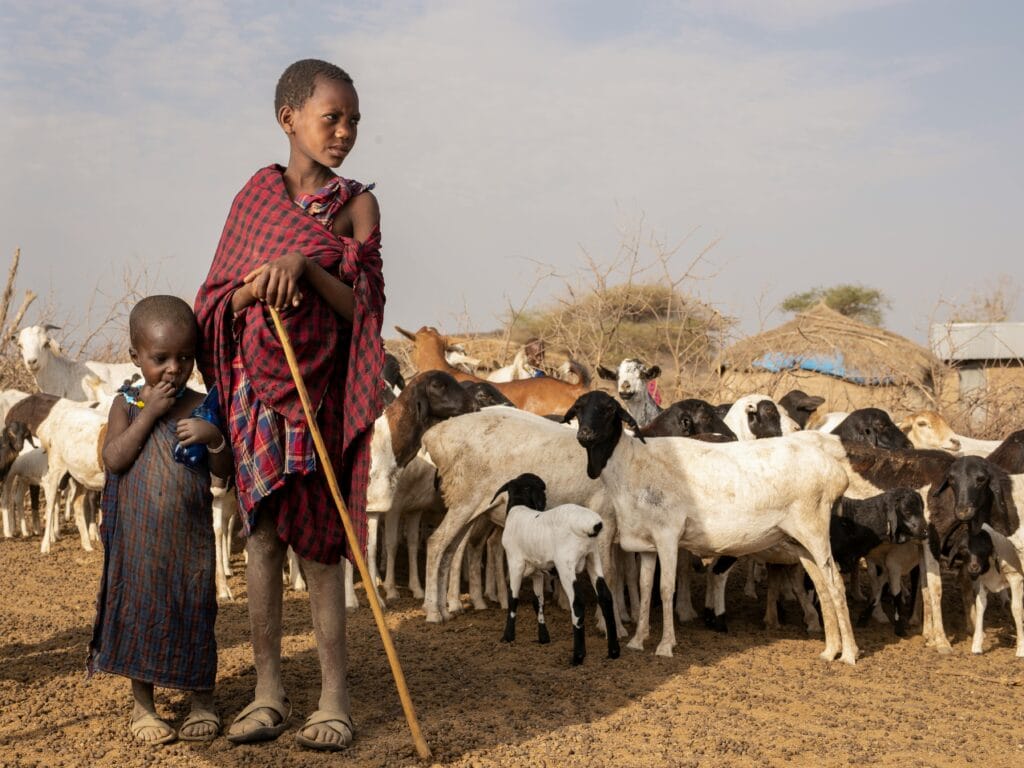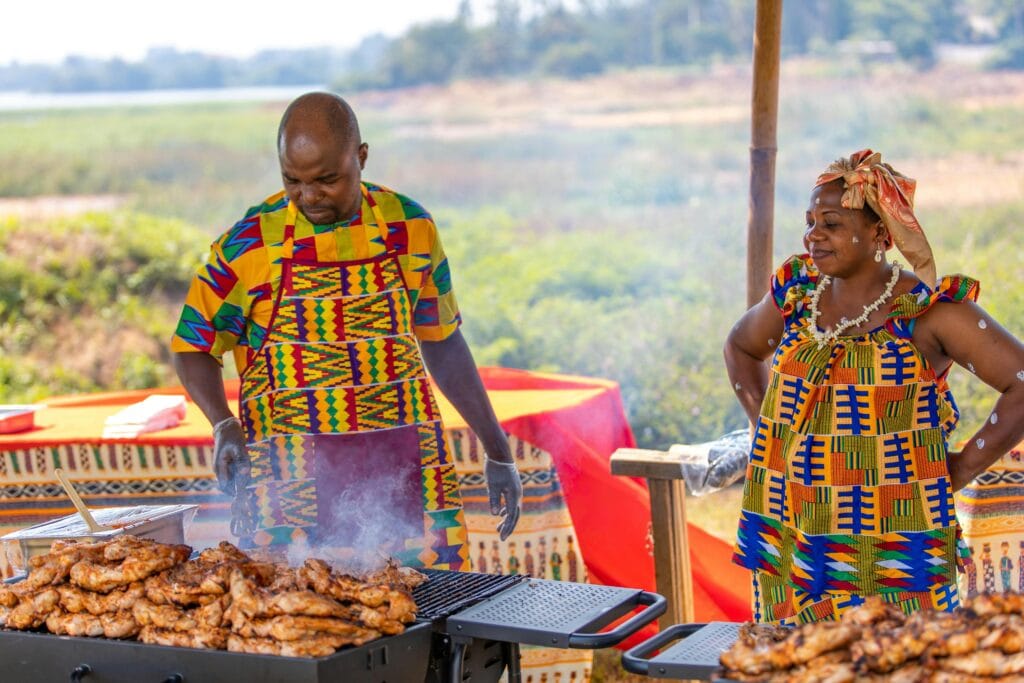Meeting Local Tribes in Ngorongoro: An Authentic Cultural Experience
The Ngorongoro Crater, often referred to as the “Garden of Eden,” is not only a haven for wildlife but also a place where you can connect with some of Tanzania’s most fascinating indigenous tribes. This UNESCO World Heritage site offers visitors the opportunity to meet and learn from the local tribes that have lived in this stunning region for centuries. Here’s what you can expect from meeting the local tribes in Ngorongoro during your safari adventure. 1. The Maasai Tribe: Guardians of the Ngorongoro Crater One of the most iconic tribes in Tanzania, the Maasai people have a deep connection with the Ngorongoro Crater. Known for their vibrant clothing, beadwork, and distinctive customs, the Maasai are semi-nomadic pastoralists who have lived in the Ngorongoro Highlands for generations. Their lifestyle revolves around cattle, which are not only a source of food but also hold great cultural significance. What to Expect: Cultural Visits: You can visit a Maasai village (enkang) to witness daily life, observe traditional dances, and learn about their customs. Traditional Clothing: The Maasai are known for their colorful shukas (cloaks), beads, and elaborate jewelry, each of which has symbolic meaning. Cultural Exchange: Engage in conversations with local Maasai elders and learn about their beliefs, rituals, and their role in the conservation of the Ngorongoro Crater. 2. The Hadza Tribe: Ancient Hunter-Gatherers The Hadza people are one of the last remaining hunter-gatherer tribes in the world. Living on the shores of Lake Eyasi, just to the south of Ngorongoro, the Hadza tribe has a fascinating culture that is steeped in ancient traditions. Their way of life revolves around hunting wild game, foraging for berries, tubers, and honey, and living in harmony with nature. What to Expect: Hunting with the Hadza: Join the Hadza as they demonstrate traditional hunting methods with bows and arrows. You might even get a chance to try your hand at hunting or gathering. Traditional Campsites: Visit a Hadza campsite to see how they live in temporary shelters made of sticks and leaves, reflecting their nomadic lifestyle. Learning Ancient Skills: Discover how the Hadza use their knowledge of plants and animals for survival, including making tools and gathering medicinal herbs. 3. The Datoga Tribe: Skilled Metalworkers The Datoga people, who live around Lake Eyasi and the Ngorongoro Highlands, are known for their advanced metalworking skills, particularly in crafting tools, jewelry, and weapons. They are also skilled cattle herders, much like the Maasai, and have a rich cultural history that spans centuries. What to Expect: Metalworking Demonstrations: Watch Datoga artisans demonstrate their metalworking skills, including the creation of jewelry, tools, and traditional weaponry. Traditional Clothing and Jewelry: The Datoga are known for their distinct clothing, which includes leather garments, and for their elaborate jewelry, which holds cultural significance. Cultural Insight: Learn about the Datoga’s way of life, including their practices related to cattle herding, food preparation, and family structure. 4. Cultural Encounters on Safari In addition to visiting tribal villages, many safaris in Ngorongoro offer opportunities for cultural encounters, where you can meet and interact with local tribes in a more informal setting. These encounters might take place during a guided walk, a village visit, or even a Maasai-led game drive in the Ngorongoro Conservation Area. What to Expect: Guided Walks and Stories: A Maasai or Hadza guide might take you on a walk through the stunning landscapes of Ngorongoro, sharing their knowledge of the land and the wildlife that calls it home. Cultural Shows and Dances: Enjoy traditional dances, songs, and storytelling, which often reflect the tribe’s history and connection to the land. Educational Exchanges: Engage in open discussions about the challenges of balancing traditional lifestyles with modern-day influences, including tourism and conservation efforts. 5. Respectful and Ethical Cultural Experiences While meeting local tribes can be an enriching and educational experience, it’s important to approach these encounters with respect and sensitivity. Future African Safari ensures that all cultural interactions are conducted ethically, with the tribes’ consent and participation. We emphasize responsible tourism that respects the rights and traditions of indigenous communities while offering guests an opportunity to learn and grow from these encounters. Cultural Sensitivity: Always ask before taking photos and respect the tribe’s customs and traditions. Support Local Communities: Many tribal visits involve purchasing handcrafted items or supporting community projects, ensuring that your experience directly benefits the tribe. Why Choose Future African Safari for Your Cultural Adventure? At Future African Safari, we are dedicated to providing you with authentic, meaningful encounters with the local tribes of Ngorongoro. Our knowledgeable guides, who have close relationships with the Maasai, Hadza, and Datoga people, will ensure that your cultural experiences are both enriching and respectful. Book your safari today and embark on a cultural journey that goes beyond the wildlife! Customize Your Adventure Kilimanjaro 3 tours Safari 9 tours Zanzibar 3 tours
Meeting Local Tribes in Ngorongoro: An Authentic Cultural Experience Read More »











